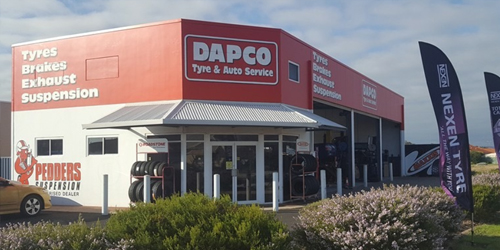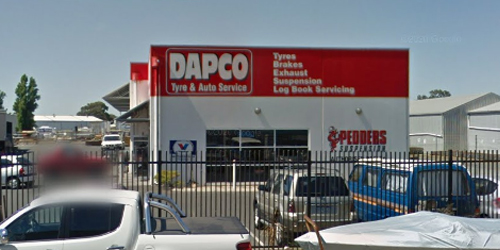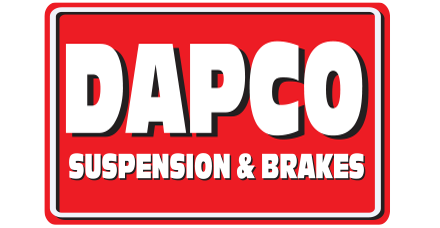- Under car inspection
- Brake Pad & Rotor inspection
- Shock absorber test
- Front and rear weight assessment
- Tow ball heights
- Written assessment report
08 9792 1799Blair St
08 9725 0877Albatross Cres
Understand your vehicle weight and improve performance.MAKE A BOOKING
Check the general health of the most safety-critical systems in your vehicle’s – brakes, steering and suspension, especially under the stress of additional weight from loads, towing and accessories. Ensure your vehicle is safe and fit for purpose under load with our Tow & Load assessment.
Vehicle weight from accessories, towing and loads is a significant factor in the safety and performance of
your vehicle, having significant effects.
The Pitch, Roll and Yaw (The front to back, side to side and rotational motion) of the vehicle body over the wheels and in particular the reaction of these movements to driver input. Increased weight changes the speed and magnitude of these movements and creates a greater disconnect between driver input and vehicle response.
The available upward (compression or bump) and downward (rebound) range of movement within the vehicle’s suspension system. Increased weight (typically seen with rear sagging caused by heavy loads) decreases the available compression travel for normal suspension operation thus increasing the frequency and severity of contact with the bump stops. This causes harsh ride characteristics, ineffective suspension control and increased risk of premature wear and tear on steering and suspension components.
Increased Total Weight creates a magnification of energy and force onto the vehicles braking system which in turn generates increased heat and stress. Increasing total Weight and/or Inconsistent Vehicle Loading has a significant impact on brake performance, braking longevity and most importantly braking distance.
Towing and other increased rear end loads cause longitudinal weight transfer which reduces weight over the front axle. The result of this is reduced front tyre contact and grip with the road reducing the responsiveness of steering and braking to driver inputs and more specifically allowing the front of the vehicle to wander or float.
This is the correct angle of a vehicles tyres to maximise tyre contact under normal driving conditions. Increased weight causing changes in suspension travel and geometry, which affects the angle of the wheel resulting in the reduction of tyre contact with the road and increased tyre wear. Incorrect Wheel Alignment and Tyre Contact affects all facets of vehicle performance, most importantly safety through diminished steering responsiveness and braking efficiency
Every vehicle must operate within the weights tolerance specified by the original manufacturer. Failure to adhere to this deems the vehicle unroadworthy. And has other potential consequences including OH+S and insurance compliance issues


Mon - Fri: 8am - 5pm, Sat: 8am - 1pm 128 Blair Street (Opposite Bunnings) 9792 1799 View Location

Mon - Fri: 8am - 5pm Cnr Blue Wren and Albatross 9725 0877 View Location

Mon - Fri: 8am - 5pm, Sat: 8am - 1pm 3 Ditchingham Place (Behind Bunnings) 9725 8032 View Location
